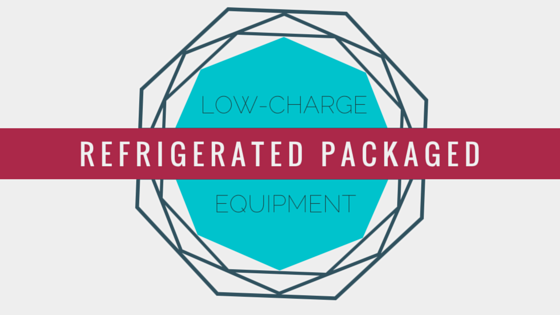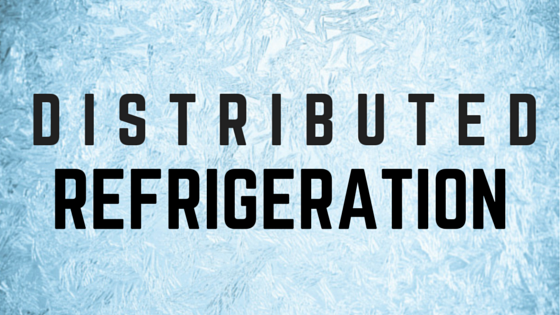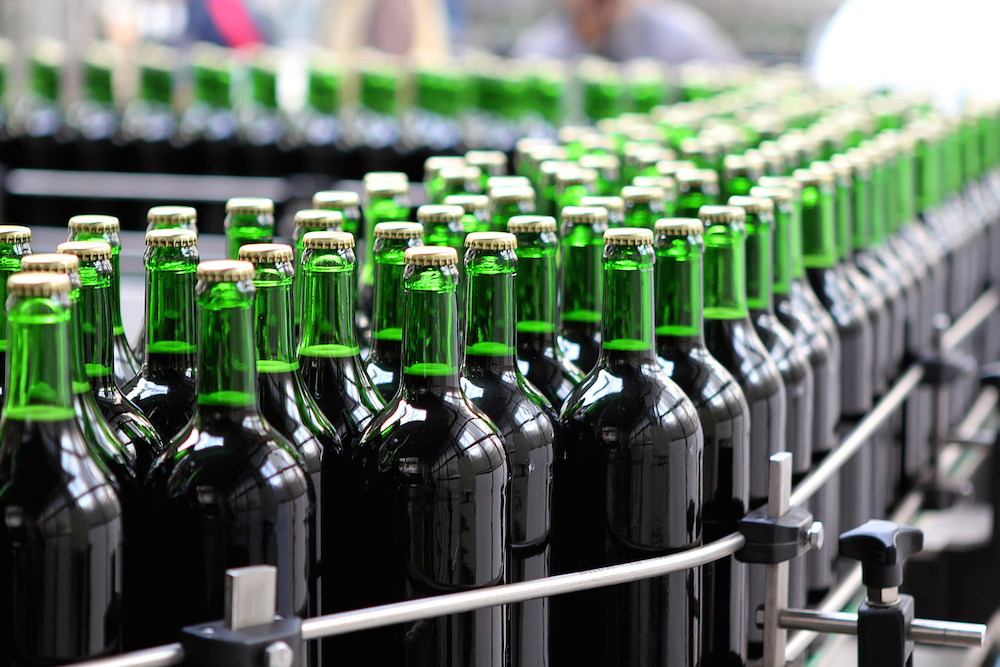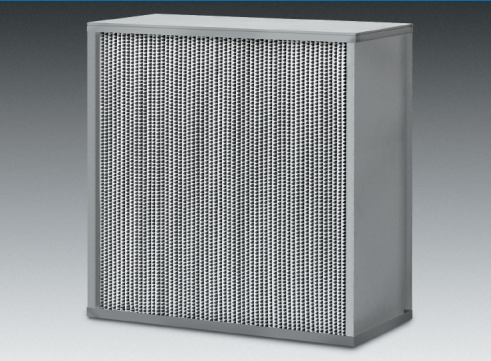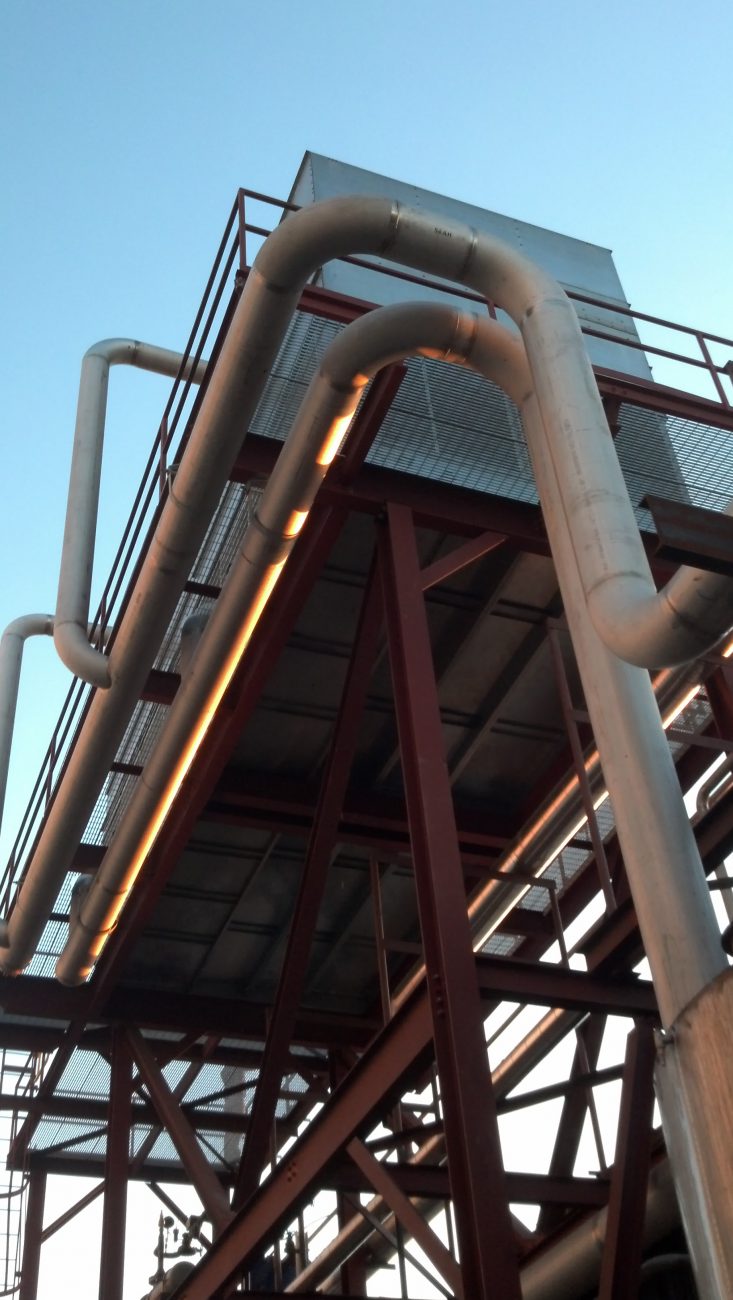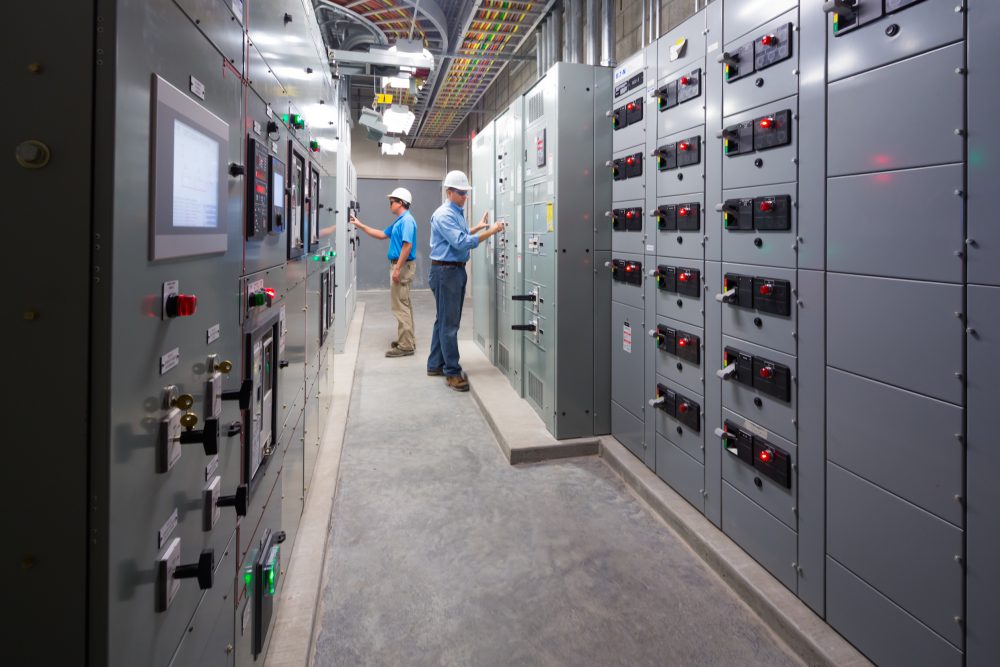Automation Safety: Clearer Requirements Arise for Risk Assessments
Automation has gained plenty of traction in the food and beverage processing industry thanks to benefits including cost savings, labor reduction and increased food safety. However, a slew of national and international guidelines and requirements has made owning automation equipment more complex than ever before—with risk assessments an especially gray area. The good news? Clearer risk assessment requirements have arrived from the International Organization for Standardization (ISO) and The American National Standards Institute (ANSI), offering more consistent expectations.




